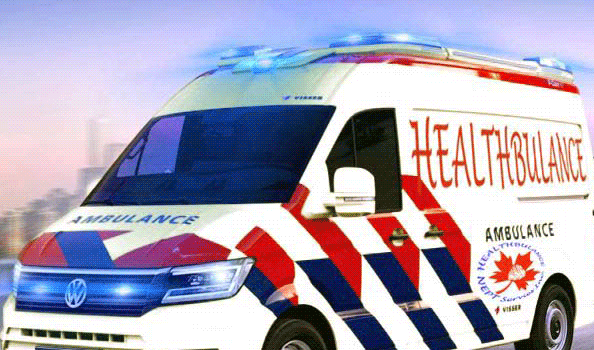Non-emergency medical transportation (NEMT) services help people get pre-scheduled healthcare appointments, including doctor visits, rehab, clinical testing, follow-up exams, and more. In other words, the main difference between ambulance services and non-emergency medical transportation is urgency. When one dials 911 and calls for a medical emergency, an ambulance arrives. Non-emergency medical transportation, as its name suggests, offers medical transportation in non-emergency situations. In most cases, this form of transportation is planned for and booked in advance. On the other hand, the need for an ambulance is almost always unplanned.
It is also designed for transporting seniors to various appointments, to meetings or to participate in social activities is considered as another market for the non-emergency medical transportation business. There are seniors who no longer drive a vehicle and this type of transportation service would come in handy for a trip to pick up groceries, a visit with a friend or to attend church or a movie theater. It is a rewarding business opportunity that provides a valuable link to many seniors.
In addition, the demand for safe and reliable public transportation for people with medical issues and disabilities, particularly in rural communities, continues to grow remarkably. The overall population of elderly and disabled patients is increasing, and most areas simply do not have wheelchair-accessible vehicles in public transportation fleets. Some individuals do not have cars and cannot afford taxis or Uber. They are geographically isolated, or they cannot access traditional public transportation for physical, mental, or developmental reasons.

